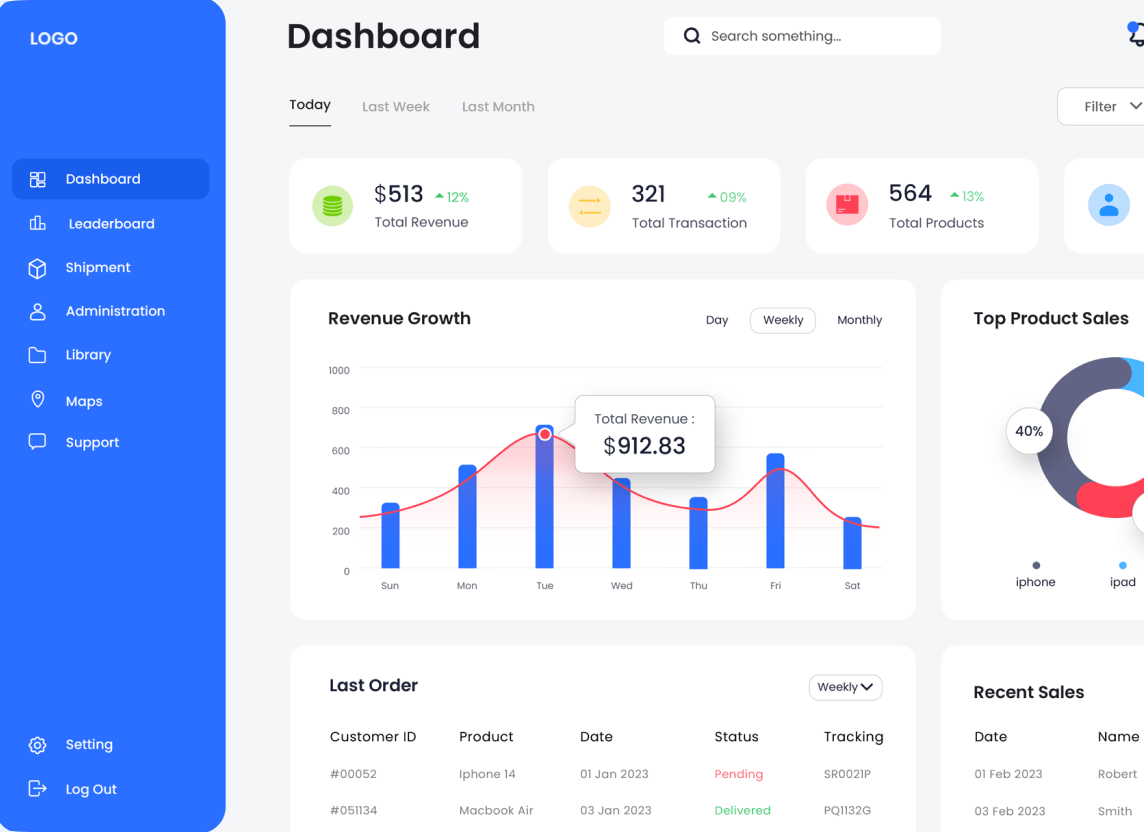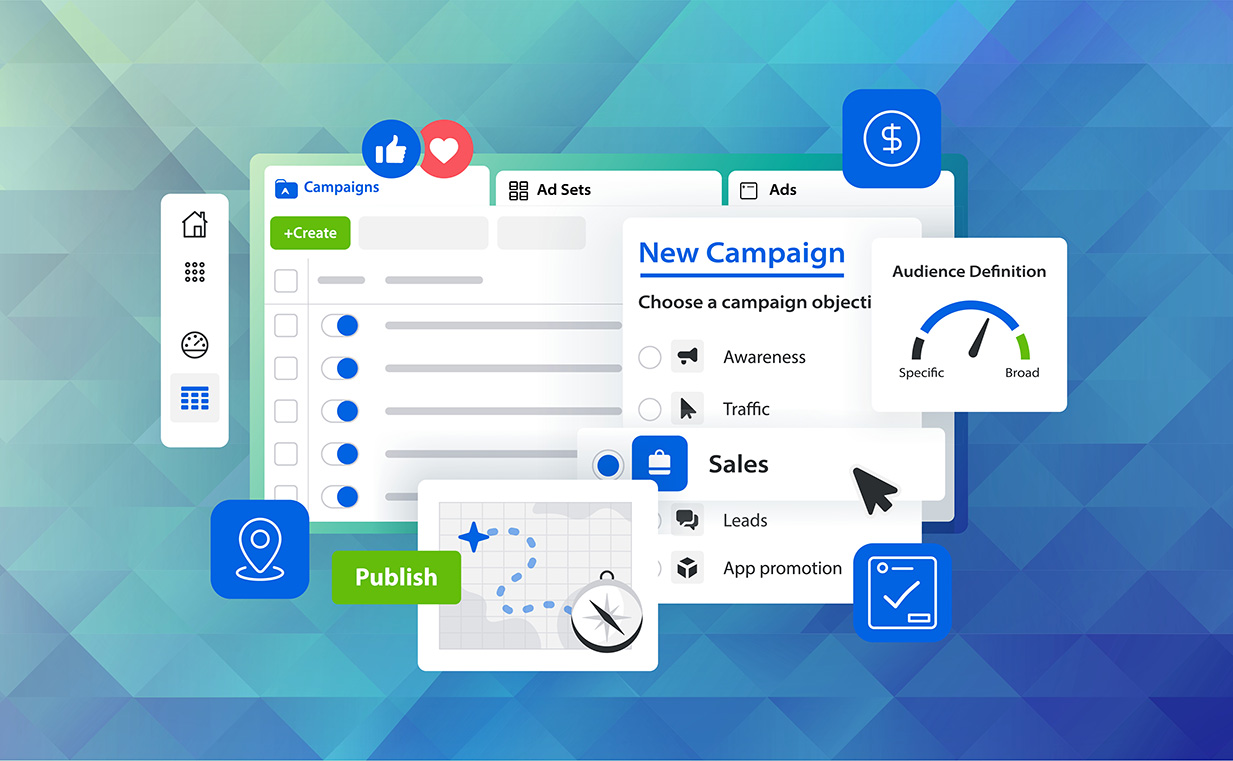Product marketing drives product awareness, generates demand, and converts potential customers into loyal buyers. However, despite its importance, product marketing comes with numerous challenges that marketers face at different stages of the product lifecycle. From positioning and messaging to aligning with sales and product teams, the road to successfully marketing a product is often fraught with hurdles.
In this article, I’ll talk about some of the most common struggles product marketers encounter and provide actionable solutions to overcome them. By understanding these pain points and learning how to navigate through them, businesses can strengthen their marketing strategies, streamline processes, and ultimately ensure their product’s success in the market.
Defining Clear Product Positioning and Messaging
The Struggle
One of the most significant challenges in product marketing is defining clear, compelling product positioning and messaging that resonates with the target audience. Without precise messaging, customers may struggle to understand the value of your product, and you risk blending into the background of a competitive market. This issue is especially prevalent when dealing with complex or highly technical products, as we might struggle to distill the product’s features into clear benefits that appeal to customers.
Positioning and messaging need to answer key questions:
- Who is this product for?
- What problem does it solve?
- How does it differ from competitors?
- What are the unique benefits?
The Solution
- Understand Your Target Audience: Start by developing detailed buyer personas. Conduct surveys, interviews, and use analytics to gain insights into your audience’s pain points, needs, and desires. This customer-focused approach allows you to align your product’s messaging with the audience’s priorities.
- Highlight Differentiation: What sets your product apart from the competition? Whether it’s pricing, features, or user experience, make sure that your product’s unique selling points (USPs) are clearly outlined in your messaging.
- Test and Refine Messaging: It’s essential to continuously test your messaging with real users. Gather feedback, analyze engagement, and refine your language to ensure it’s hitting the right notes.
Alignment with Sales and Product Teams
The Struggle
Product marketing often requires close collaboration between sales, marketing, and product development teams. Unfortunately, many companies struggle with silos, where these departments operate independently, leading to misaligned goals, disjointed strategies, and inefficient execution. Miscommunication between product and sales teams, for example, can result in inconsistent messaging or confusion around customer needs.
When teams are not on the same page, the product marketing efforts can fail to meet their full potential. Marketers may feel they don’t have the necessary insights into the product’s development or sales process, leading to gaps in strategy.
The Solution
- Implement Regular Cross-Departmental Meetings: Schedule regular meetings between marketing, sales, and product teams to ensure everyone is aligned on strategy, product updates, and customer feedback. These meetings can help surface any pain points or obstacles that one department may be facing and foster collaborative problem-solving.
- Create a Shared Knowledge Base: Use tools like Slack, Confluence, or ClickUp to create a centralized knowledge base where everyone can share important documents, product information, customer feedback, and other relevant data. This makes it easier for all teams to access up-to-date information.
- Shared KPIs and Metrics: Ensure that marketing, sales, and product teams are working towards common goals and metrics. Instead of focusing solely on departmental performance, align around shared outcomes such as customer acquisition, retention, or satisfaction.
Managing Product Launches
The Struggle
Launching a product is an exhilarating yet stressful experience for marketers. It involves a myriad of moving parts, including coordination across departments, setting the right timeline, creating a go-to-market (GTM) strategy, and ensuring the launch reaches the target audience. Even a slight misstep in planning can derail a product launch, leading to missed opportunities and wasted resources.
Timing is also crucial—launching too early might result in an unfinished product reaching the market, while launching too late can allow competitors to steal your thunder.
The Solution
- Develop a Robust Go-To-Market Plan: A well-thought-out GTM plan is critical to managing a successful product launch. Outline key objectives, target audience, marketing channels, timelines, and resources. The plan should include pre-launch, launch, and post-launch strategies, ensuring there’s a clear roadmap for every stage.
- Cross-Departmental Collaboration: As mentioned earlier, communication between product, sales, and marketing teams is essential. During the launch phase, coordination should ramp up to ensure the product is presented consistently across all channels, and that the teams have the resources they need to support the launch.
- Time Your Launch Wisely: Analyze market conditions, competitive launches, and seasonal trends to choose the optimal time for your product launch. Launching when the market is saturated or at the wrong time of year can significantly reduce the impact of your product.
Standing Out in a Saturated Market
The Struggle
Today’s market is incredibly crowded. With hundreds of similar products vying for attention, making your product stand out can feel like an uphill battle. If your product doesn’t capture attention immediately, it’s likely to be overlooked, regardless of how good it is. This is particularly problematic for startups or businesses entering an already established market, where incumbents may have more brand recognition and resources.
The Solution
- Focus on Niche Markets: Instead of trying to compete in a broad market, focus on smaller, underserved niche markets where competition is less fierce. This strategy allows you to become a big fish in a smaller pond, gaining traction and brand loyalty before expanding to larger markets.
- Leverage Customer Stories and Case Studies: Real-world testimonials and success stories are powerful tools for building credibility. Use case studies, user-generated content, and reviews to demonstrate how your product solves real problems for real people. This not only builds trust but also differentiates your product in an authentic way.
- Use Bold, Consistent Branding: Invest in a strong brand identity that makes your product recognizable and memorable. Whether through bold visuals, engaging content, or distinctive messaging, consistency in branding helps you cut through the noise.
Navigating Pricing Strategies
The Struggle
Determining the right price for a product can be challenging, especially when trying to balance profitability with customer expectations. Pricing too high might alienate potential customers, while pricing too low can devalue the product and hurt profitability. Moreover, competitive pricing pressures can make it difficult to settle on a price that reflects the true value of the product.
The Solution
- Conduct Market Research: Thoroughly research competitor pricing, customer willingness to pay, and industry standards before deciding on a price. Understand what value customers place on your product’s features compared to alternatives, and price accordingly.
- Use Tiered Pricing: Offering different pricing tiers or product versions can allow you to capture various segments of the market. For example, a basic version of the product can attract price-sensitive customers, while a premium version with added features can appeal to those willing to pay more.
- Test and Iterate: Pricing strategies are not set in stone. Regularly test different pricing models and monitor their impact on sales and customer acquisition. This iterative approach will allow you to fine-tune your pricing strategy over time.
Measuring the Impact of Marketing Efforts
The Struggle
One of the toughest challenges in product marketing is accurately measuring the effectiveness of campaigns. Marketers need to justify their budgets and demonstrate ROI, but without clear metrics, it’s difficult to assess whether a campaign is delivering value. This is especially tricky when it comes to long-term metrics like brand awareness or customer loyalty, which are not always easy to quantify.
The Solution
- Set Clear, Measurable Goals: For every campaign, establish specific, measurable objectives (e.g., number of leads generated, increase in website traffic, conversion rates) and use these metrics to gauge success. Make sure your goals align with overall business objectives, whether it’s driving revenue or building brand recognition.
- Utilize Analytics Tools: Use data-driven marketing tools like Google Analytics, HubSpot, or Mixpanel to track campaign performance in real-time. These tools provide insight into customer behavior, allowing you to see which marketing tactics are working and which need adjustment.
- Conduct Post-Mortem Analysis: After every major campaign, conduct a post-mortem analysis to assess what worked, what didn’t, and what can be improved for future efforts. This reflective approach helps in refining strategies over time.
Conclusion: Tackling Product Marketing Challenges Head-On
Product marketing is an ever-evolving discipline filled with complex challenges. However, by addressing these common struggles head-on—whether it’s refining messaging, aligning teams, managing launches, or measuring success—businesses can improve their marketing efforts and drive product success. Through strategic planning, cross-departmental collaboration, and a customer-focused approach, the hurdles in product marketing can become manageable, allowing brands to differentiate themselves in a competitive landscape.
By applying the solutions discussed above, businesses can position their products more effectively, reach the right audiences, and achieve sustainable growth.







